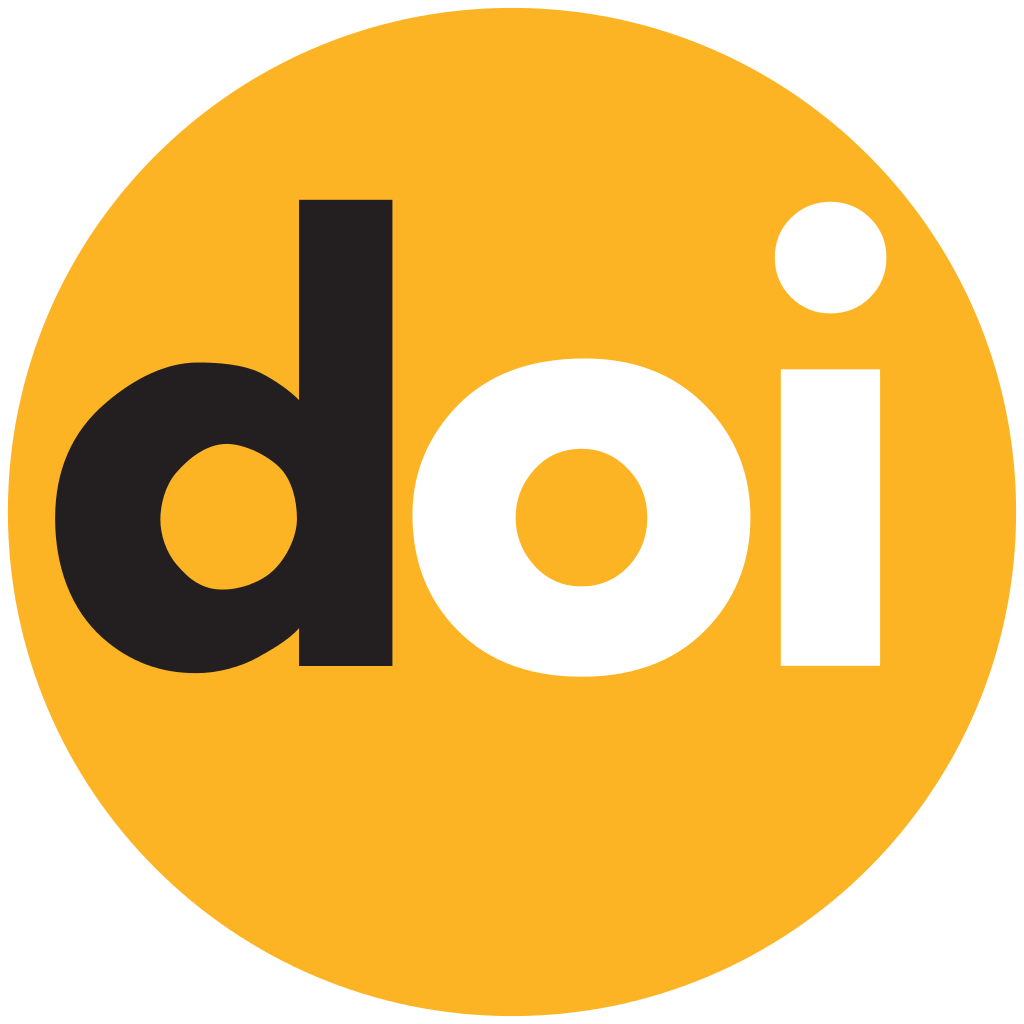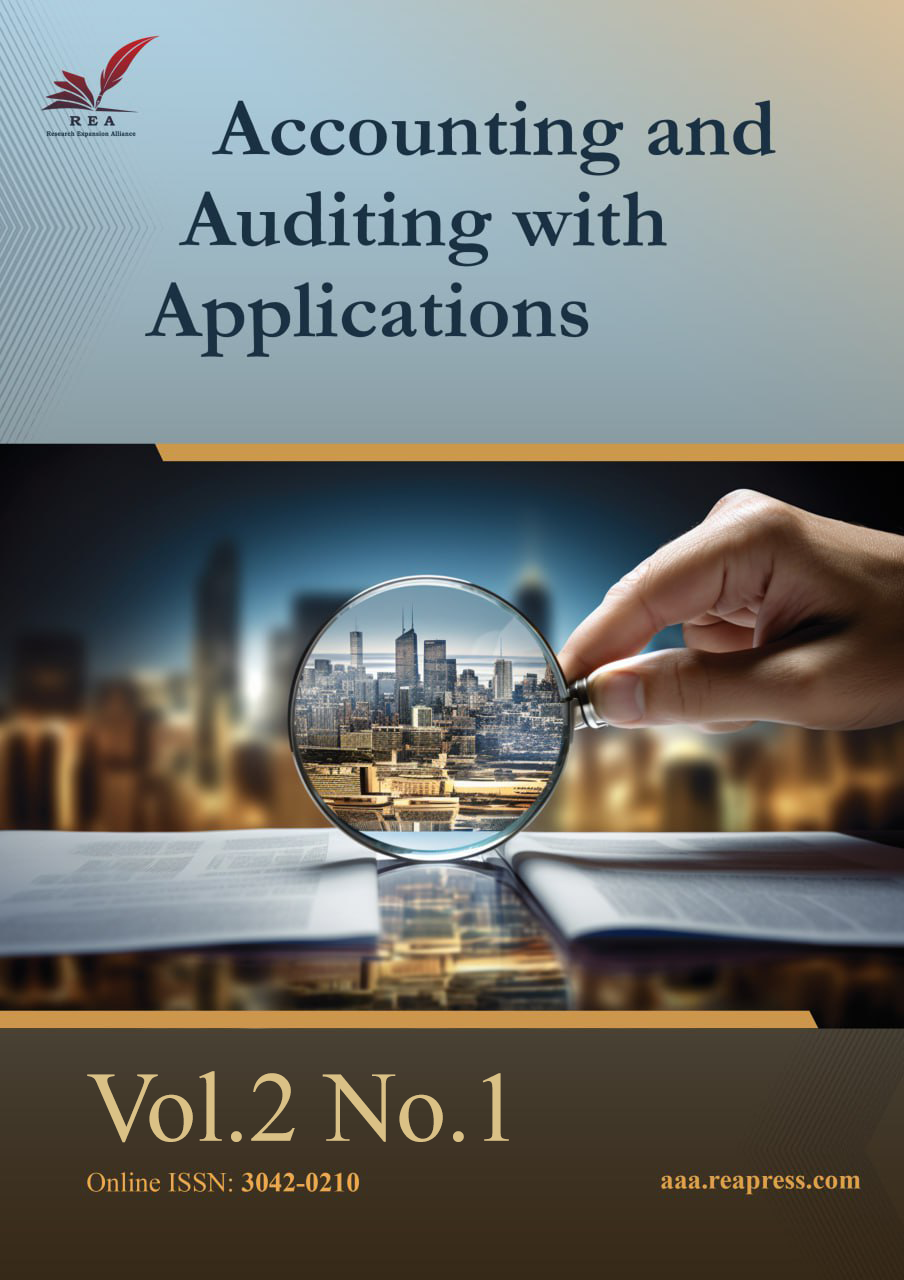The Impact of the Pentagon (Five) Dimensions of Cheating and Dishonest Behavior on Accounting Students' Academic Dishonesty
Abstract
The learning and teaching process has been affected by the expansion of information technology during the COVID-19 pandemic. In addition to several benefits, such as improving the quality of education and providing faster access to information, one of the major problems associated with using technology is the increase in academic fraud. Instead of focusing on the learning process, students get high grades by cheating. The Pentagon Theory of Cheating, developed by Crowe, identifies five main factors, pressure, opportunity, rationalization, ability, and arrogance, as drivers of cheating. The purpose of this research is to investigate the impact of the dimensions of the Pentagon Theory of Fraud and Dishonest Behavior on the increase of academic dishonesty among accounting students. This research is a correlational and descriptive survey, and its data was collected through a questionnaire. The study's statistical population was accounting students from Isfahan city, who were selected by random sampling. Statistical analysis showed that pressure (0.111), opportunity (0.279), rationalization (0.298), ability (0.133), and arrogance (0.229) have a significant effect on the increase of academic dishonesty. The highest coefficient of influence was related to statistical chance t= 5.434. Dishonest behavior is also significantly associated with academic dishonesty with a coefficient of 0.130 and a t-statistic of 3.092. Factors such as pressure, opportunities to cheat, individual ability, and arrogance influence academic dishonesty. To deal with this problem, it is suggested that academic pressure be reduced, opportunities for cheating are limited, and awareness of the consequences of rationalizing dishonest behavior is increased. Strengthening moral values and creating a culture of honesty among students is also necessary.
Keywords:
Pentagon dimensions, Fraud, Dishonest behavior, DishonestyReferences
- [1] Horwath, C. (2011). Why the fraud triangle is no longer enough. http://www.s-ox.com/dsp_getWebinarDetails.cfm?CID=2668
- [2] Dewi, G. A. R., & Pertama, G. A. W. (2020). Fraud diamond dan dampaknya. Jurnal ilmiah akuntansi dan bisnis, 5(2), 27–46. https://doi.org/10.38043/jiab.v5i2.2469
- [3] Sitinjak, Y. C., & Oktris, L. (2022). The effect of the Pentagon’s fraud dimension and dishonest behavior on academic dishonesty during the Covid-19 pandemic gender as a control variable (XYZ university accounting student case study). International Journal of Innovative Sciece and Research Technology, 7(6), 830-841. https://doi.org/10.5281/zenodo.6812514
- [4] Fransiska, I. S., & Utami, H. (2019). Perilaku kecurangan akademik mahasiswa: perspektif fraud diamond theory. Jurnal akuntansi aktual, 6(2), 316–323. http://dx.doi.org/10.23887/ijerr.v7i1.66253
- [5] Cressey, D. R. (1973). Other people’s money: A study in the social psychology of embezzlement. https://www.scirp.org/reference/referencespapers?referenceid=114420
- [6] Wolfe, D. T., & Hermanson, D. R. (2004). The fraud diamond : Considering the four elements of fraud. The CPA journal, 74(12), 38–42. https://digitalcommons.kennesaw.edu/facpubs/1537/
- [7] Anderman, E. M., & Murdock, T. B. (2007). Psychology of academic cheating. Elsevier. https://books.google.com/books?id=IhkMvgxJvpgC
- [8] Lambert, E. G., Hogan, N. L., & Barton, S. M. (2003). Collegiate academic dishonesty revisited: what have they done, how often have they done it, who does it, and why did they do it. Electronic journal of sociology, 7(4), 1–27. https://epe.lac-bac.gc.ca/100/202/300/ejofsociology/2005/01/lambert_etal.html
- [9] Ramadhan, A. P., & Ruhiyat, E. (2020). Kecurangan akademik: Fraud diamond, perilaku tidak jujur, dan persepsi mahasiswa. JABI (journal akuntansi berkelanjutan indonesia), 3(1), 13–25. http://dx.doi.org/10.33367/ijies.v5i2.3062
- [10] Arifah, W., Setiyani, R., & Arief, S. (2018). Pengaruh prokrastinasi, tekanan akademik,religiusitas, locus of control terhadap perilaku ketidakjujuran akademik mahasiswa pendidikan akuntansi unnes. Economic education analysis journal, 2(1), 18–23. https://journal.unnes.ac.id/sju/eeaj/article/view/22860
- [11] Watts, R. L., & Zimmerman, J. L. (1986). Positive accounting theory. Journal of accounting review, 61(2), 213–228. https://faculty.etsu.edu/POINTER/watts&zimmerman2.pdf
- [12] Beasley, M. S. (1996). An empirical analysis of the relation between the board of director composition and financial statement fraud. Accounting review, 71(4), 443–465. (In Persian). https://doi.org/10.22059/acctgrev.2021.324101.1008558
- [13] Ibrahim, S. I., & Yahaya, O. A. (2024). Board of directors and financial statements fraud. European journal of accounting, finance and business, 12(1), 137–167. http://dx.doi.org/10.1080/1331677X.2024.eafb/1801480
- [14] Ajzen, I., Fishbein, M., Lohmann, S., & Albarracín, D. (2018). The influence of attitudes on behavior. In The handbook of attitudes, volume 1: basic principles (pp. 197–255). Routledge. https://psycnet.apa.org/record/2005-04648-005
- [15] DeFond, M., & Zhang, J. (2014). A review of archival auditing research. Journal of accounting and economics, 58(2–3), 275–326. https://doi.org/10.1016/j.jacceco.2014.09.002
- [16] Carcello, J. V, Hermanson, D. R., & Ye, Z. (2011). Corporate governance research in accounting and auditing: Insights, practice implications, and future research directions. Auditing: a journal of practice & theory, 30(3), 1–31. https://doi.org/10.2308/ajpt-10112
- [17] Rezaei, M., Fallah, R., Maranjory, M., & Rostami Mazoee, N. (2024). Provide a structural model of audit quality based on the impact of auditing professional ethics and the moderating role of organizational culture. International journal of nonlinear analysis and applications, 15(2), 285–299. https://ijnaa.semnan.ac.ir/article_7531.html
- [18] Rezaee, Z. (2004). Restoring public trust in the accounting profession by developing anti‐fraud education, programs, and auditing. Managerial auditing journal, 19(1), 134–148. https://doi.org/10.1108/02686900410509857
- [19] Chirakool, W., & Poonpool, N. (2021). The impact of key audit matters disclosure on investor reaction: An empirical evidence from thai listed companies. http://202.28.34.124/dspace/handle/123456789/1487
- [20] Tjan, J., Muslim, M., Alimin, A., Noch, M., & Sonjaya, Y. (2024). Independence, professional skepticism, and audit quality: The moderating role of audit fees. Jurnal akuntansi, 28, 40–60. http://dx.doi.org/10.24912/ja.v28i1.1698
- [21] Khalil, S., & Mazboudi, M. (2016). Client acceptance and engagement pricing following auditor resignations in family firms. Auditing: A journal of practice & theory, 35(4), 137–158. https://doi.org/10.2308/ajpt-51489
- [22] Mccabe, D., Trevino, L., & Butterfield, K. (2001). Cheating in academic institutions: A decade of research. Ethics & behavior - ethics behav, 11(3). http://dx.doi.org/10.1207/S15327019EB1103_2
- [23] Ababneh, K. I., Ahmed, K., & Dedousis, E. (2022). Predictors of cheating in online exams among business students during the Covid pandemic: Testing the theory of planned behavior. The international journal of management education, 20(3), 100713. https://doi.org/10.1016/j.ijme.2022.100713
Downloads
Published
Issue
Section
License
Copyright (c) 2025 Accounting and Auditing with Applications

This work is licensed under a Creative Commons Attribution 4.0 International License.


